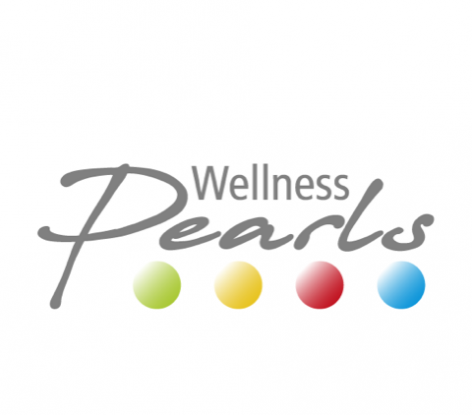Wellness dictionary
Little ABC for your spa-break questions ...
In their treatment discriptions, wellness hotels often use technical terms, which are hard to understand for potential guests. We have therefore collected and defined the most relevant terms in our small wellness ABC. A tip: Our wellness dictionary also supports word requests. You don't need to know the exact wording.
Select letters or search term:
Moor bath
What is a moor bath?
The natural product moor consists of ancient plant remains with valuable active ingredients such as pectins, cellulose, sodium, calcium and magnesium. Moor also contains the anti-inflammatory component humic acid.
The basis for a peat bath, which is used as a full or partial bath, is bath peat mixed with water. Moor is an excellent heat accumulator, which releases the heat to the body only slowly. As a so-called overheating bath, a peat bath can reach a temperature of up to 46 degrees Celsius, but is not felt to be so hot.
What is the procedure for a moor bath?
If a guest decides to take a peat bath, the procedure is discussed beforehand with a qualified member of staff on site. The peat bath, which is enjoyed unclothed, is followed by a rest period after the peat has been washed off. During this time the body continues to benefit from the high body temperature, while after a while deep relaxation sets in.
Peat baths are heat therapy, as they increase the body temperature by about 1.5°C during the bath. This creates an artificial fever which warms the body core and can have a positive effect on the various body functions, the immune system and the metabolism. The heat also relaxes the muscles.
How long does a moor bath last?
The bathing time for moor baths is about 20 minutes, but the entire application period lasts almost an hour.
Where can you experience moor baths?
There are currently around 50 moor spas in Germany where the positive effects are experienced in baths or baths. Well-known mud spas in Bavaria include Bad Bayersoien and Bad Gögging.
When does a moor bath help?
Good results are achieved in cases of exhaustion up to burn-out, as well as with menopausal complaints, rheumatism, arthrosis or even osteoporosis. The good healing successes with gynaecological problems are probably due to the plant hormones contained in the moor.
Applications with moor
In addition to moor baths, locally applied moor packs also alleviate rheumatism, arthrosis and other joint complaints. Moor packs also improve the skin's appearance and promote purification.
As moor baths can be very stressful for the circulation, they may only be used under the supervision of a doctor. Mud baths are also not recommended for heart disease, high blood pressure and open wounds.
What effect do moor baths have on the desire for children?
The specific ingredients of peat often enable successful treatment of the desire for a child. One of the most common causes of childlessness is the so-called weakness of the corpus luteum. A lack of ovulation and other hormonal causes are also a reason for childlessness. The active ingredients contained in the moor reduce the level of hormones that prevent pregnancy and increase other hormone levels that promote pregnancy, e.g. oestrogen.
The natural tannic acids, such as fulvic and ulmic acid, which are particularly high in certain types of moor, play a special role in this process. They enable and promote the penetration of hormone-active substances into the body.
Depending on the landscape in which the moor is situated, the moor contains different active substances. Therefore, when choosing a spa, it is important to make sure that the corresponding moor is expressly recommended for use in childless people. Moor treatment should also be discussed with a doctor beforehand.
The history of moor baths
Moor baths can look back on a long history. Already the doctor Theophrastus Bombast von Hohenheim (1493-1541), called Paracelsus, recommended peat baths for the treatment of various illnesses such as infertility, jaundice and bilious diseases, promotion of the appetite or faster healing of scarring. In the 19th century, soldiers of the French Emperor Napoleon Bonaparte introduced mud baths to Germany.
They had got to know and appreciate the mud baths during the Egyptian campaign. After the Battle of Leipzig in 1813, Napoleon's brother Jerome Bonaparte set up the first spa with mud treatments for his soldiers in Bad Nenndorf. Finally, more and more peat baths were established in Europe in the 19th century.
Related topics: Fango pack Felke Cure Clay therapy
Dr. Franziska Fehle-Friedel is a general practitioner, spa doctor and Mayr doctor. She is responsible for the medical management of the Parkhotel am Soier See and the associated sanatoria. In addition to the F.X. Mayr cure, her medical work also focuses on moor cures and moor baths.


